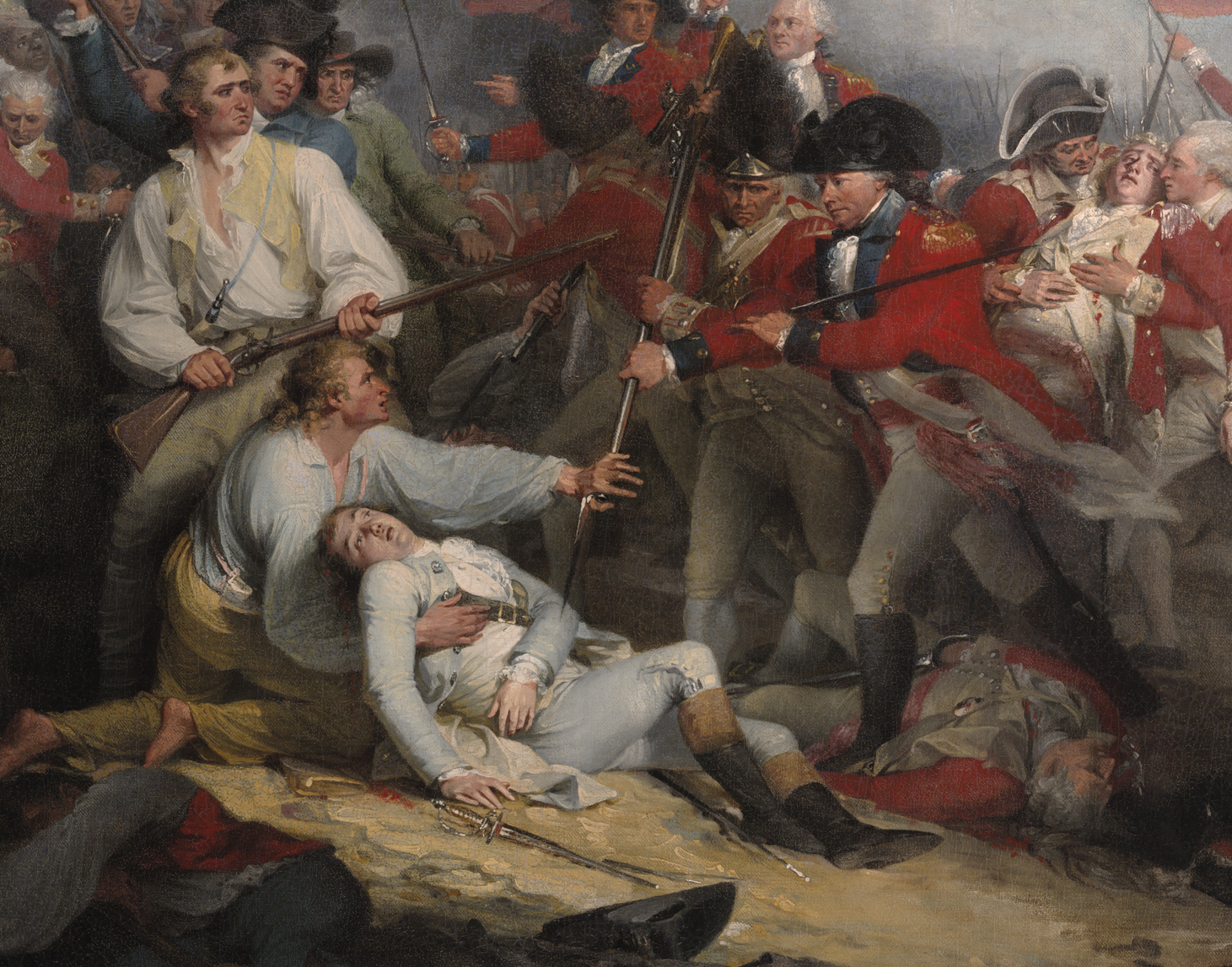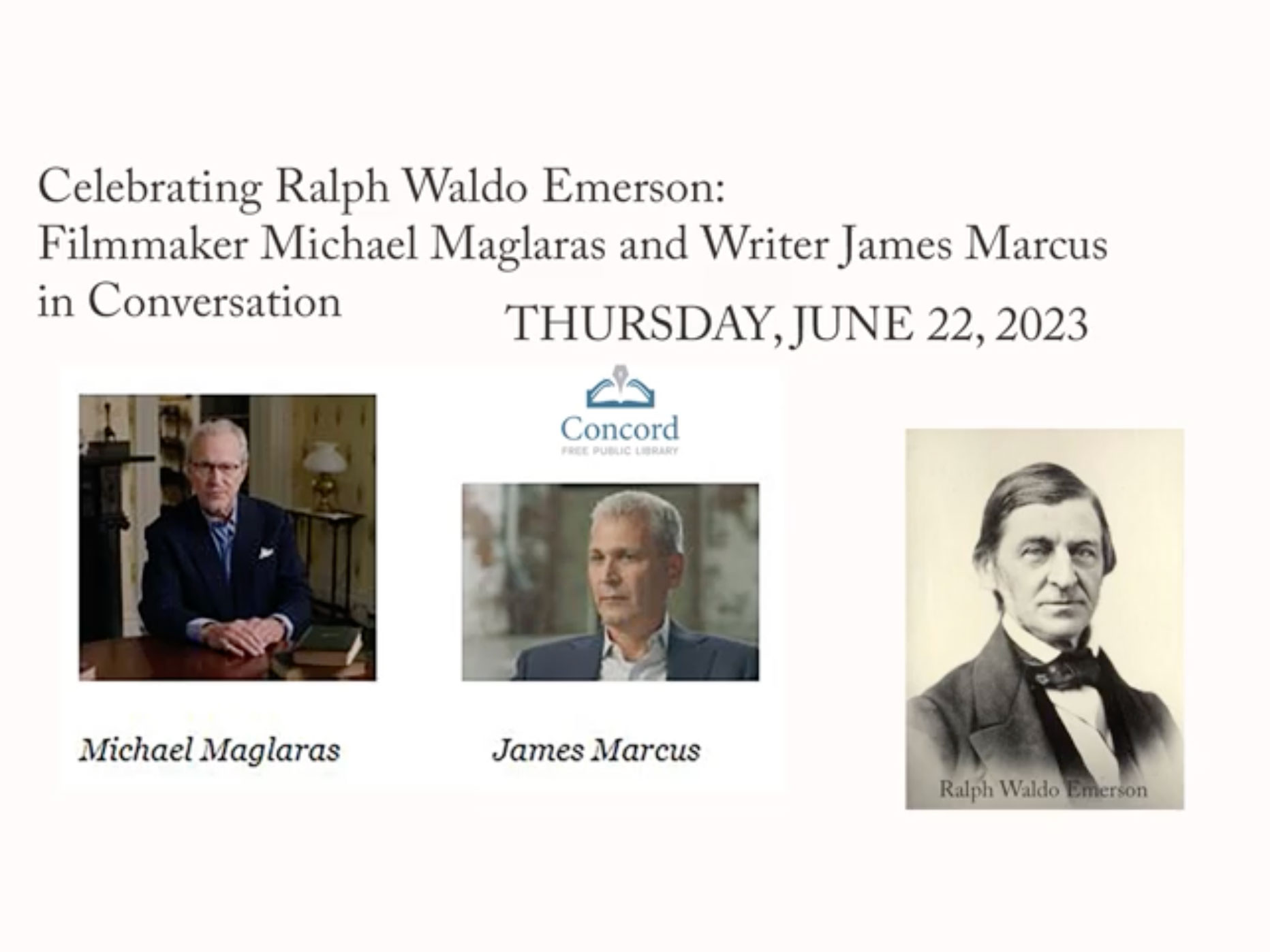Eighty years ago in 1935, as we were in the middle of the Great American Depression, many people asked whether America’s best days were behind her.
From time to time, as I am stunned by what I see and read in so much of today’s news, I ask that same question, as I am sure many of you do. It is not a rhetorical question. It is a question worth asking…are America’s best days behind her?
Franklin Roosevelt was convinced that the way to rebuild our confidence in ourselves was to return us to work. Labor. Toil. Effort. On May 6, 1935, FDR signed an executive order authorizing the creation of the Works Progress Administration…the WPA.
It was an effort aimed at simply putting us all back to work. That effort included, by August 1935, artists, musicians, writers, actors, and others…who could have been handed a pick or shovel…but, instead, were handed an opportunity, through the practice of their art, to help us understand what had happened to us on October 24, 1929. To help us understand what we were continuing to endure, and, through our engagement with what became known as the arts of the WPA, to inspire us to dig ourselves out of the horrific mess we had so blithely gotten ourselves into.
FDR knew, somehow instinctively, that creative Americans could play a role in America’s rebirth. Sure, the creative endeavors sponsored by the federal government…the early work of the Public Works of Art Project, the later work of the Section under the Treasury Department, and the enormous collective efforts of the Federal Art Project, the Federal Music Project, the Federal Theater Project, and the Federal Writers Project…were all first and foremost work relief efforts. With equal certainty, however, I can state that this deep intervention by the federal government into the creative lives of Americans enriched our society, helped to rebuild it, and helped to sustain it through the dark days of breadlines, abject poverty, and profound despair.
The WPA was to be a grand experiment. Federal money thrown against the problem of unemployment under the simple idea that it was better to be employed than not…regardless of what the work involved was. Better to be off the streets than agitating in the streets. Better to be using skills than letting them languish, and with that languishment see the spirit of a nation’s people deflate before their eyes and before the eyes of emerging enemies at the edge of either ocean.
With the creation of the controversial WPA, Franklin Roosevelt and his friend and alter ego, Harry Hopkins, were flying by the seat of their pants. With the creation of the four major arts projects under the WPA, FDR pushed through an even more controversial agenda. Creative citizens, out of work like the rest of us, were worth saving like the rest of us. The employment of actors, musicians, artists, and writers could and did contribute to the rebuilding of our society, the rescuing of our culture.
At the time, FDR was not entirely sure…no one was entirely sure…that doing this would contribute much of anything to our recovery from the Great Depression; but the certainty of the outcome seemed less important than the trying. FDR and Harry Hopkins were not slaves to social media, for there was no social media then as we understand it now. Neither was it going to be about convening a focus group to decide whether putting artists to work would resonate well with the American electorate…for no human being who has ever lived was less in need of a focus group to help him make up his mind than FDR. The WPA, under the benevolent dictatorship of Harry Hopkins and under the enlightened stewardship of people such as Hallie Flanagan and Holger Cahill, made the arts in America an integral part of the rebuilding of our society. It seemed to be the right thing to do at the time; and now, eighty years later, we know it to have been exactly that.
When I was making “Enough to Live On: The Arts of the WPA,” I realized, early on in the process of deciding what to use and what not to, that I had to choose my content wisely. Much of the art created under these projects was second-rate…some even third-rate. So much of the visual imagery was burdened with the obvious and easy: too many men with shovels in their hands; too much muck about the dignity of backbreaking labor. But as I worked through this content, I realized so much of what had been created was profoundly good; not only that, but that this film needed to be about much more than an elegantly created but isolated mural in a rural post office, or a puppet show performed in a public park giving kids a few moments of distraction from daily reminders of want, or a poster warning us (with graphic excellence and without a shred of embarrassment) about the disaster of contracting syphilis. It was about the recognition that when creative persons do what they do…they are working. They labor; they toil. They also create.
The spawning of a work filled with creative spirit and sparked into life with federal funds became, as a result of the Great American Depression, the ultimate example of what we were capable of when our backs were firmly against the wall.
In the 1930s, things got tough in America. The arts of the WPA revealed us to ourselves, and what we saw were images, what we heard was music, what we read were words, which reminded us that the continual experiment of our American democracy was and remains, in fact, just that: a trial and error game that was then and still is a game continuing to be played out, and that only needs, like all games, to be won. Win it we did in 1935. Win it we shall.
In my latest film, the story I wanted to tell is a story at multiple levels. It is the story of what happens when a government understands that a worker picking up an artist’s brush or sitting down at a piano is actually “working.” It is a story about perseverance: if the first idea doesn’t work, try something else. It is equally a story about the enrichment of the human spirit through what we see on the walls of a public building, or hear at a concert, or watch as a play unfolds. In each case, and through each experience, we individually and consciously participate in the re-weaving of the fabric of our society. This important idea was born in 1935. Eighty years later, and facing the challenges we face that are so clearly revealed to us in daily news reports, we continue to understand how important an idea this remains.
Public support for the arts, your attendance at one of my films, your support of your local symphony orchestra, or theater troupe, or arts and crafts project is, each day of the week, the stuff of which the rebuilding of our society and the re-creation of ourselves continues.
Are America’s best days behind her? The answer lies in the words of the 19th century English critic and painter John Ruskin, who wrote, “Great nations write their autobiographies in three manuscripts: the book of their deeds, the book of their words, and the book of their art.”
With regard to the last of Ruskin’s three books, I can tell you emphatically that the arts in America are alive, but to remain alive they continue to need our support at all levels and to be a living part of the lives of all citizens.
The arts in America live today, in no small measure, because, at the beginning of the Depression and facing the potential disintegration of our democracy, we had the audacity to put the arts squarely at the service of that democracy: an idea embodied in the phrase of the great educator and philosopher John Dewey, who wrote, “How can a finished citizen be made in an artless town?”






